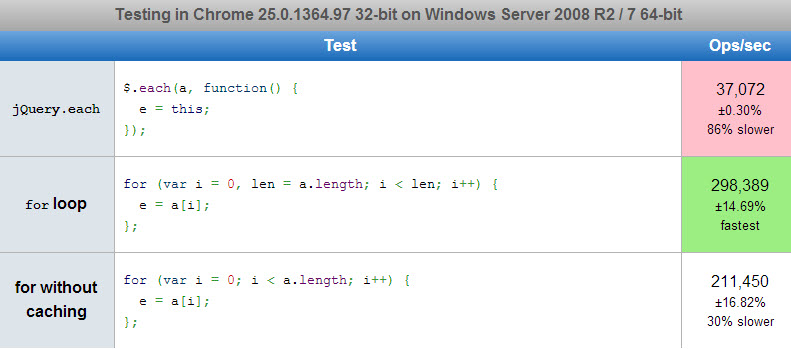
It runs every dequeued element either to completion, to a yield (in generator functions), an await (in async functions) or an iterator.next() (on a generator function). Simply speaking, the VM executing the code has a queue from which it dequeues an action (e.g. This is not quite right since JavaScript (i.e. My understanding is that the first one is parallel because the await applies to each invocation of the async lambda that is passed to map. make sure nothing is already defined on these members I based these implementations on the answer found at this SO question: = async function (Īwait Promise.all(this.map(async (item: any) => await func(item))) Ī = async function (Įxample usage: await someList.forEachParallel(item => this.SomeAsyncOperation(item)) Ī little additional code is: // type declarationįorEachParallel(func: (item: T) => Promise): Promise įorEachSequential(func: (item: T) => Promise): Promise

In contrast, the await in the sequential function applies to the outer function, so each iteration of the for loop will block, and the next iteration will only occur once the previous one completes. So each invocation will block asynchronously and run in parallel. Thanks for reading, and good luck.Are these good implementations of parallel and sequential "extension" methods, and do they accomplish what I think they do? This tutorial covers the basics of forEach which can be used as a shorthand for for loops and also to aid in building pipelines using more complicated functions. This reuse of functions and pipelining is a principle called “composability”, and is important in programs to avoid reinventing the wheel each time you want to solve a problem. Being able to just pass them into map and forEach is particularly convenient. The chances are those functions would already be written and will be fairly complex.

And instead of converting from miles to kilometers, you were calculating taxes on an invoice. Imagine if instead of console logging you were converting to PDF. The reason is that in more complex JavaScript programs, the functions you pass into map and forEach might be complicated functions that you don’t want to rewrite again. This could have been done with just forEach and it would have been simpler.


 0 kommentar(er)
0 kommentar(er)
